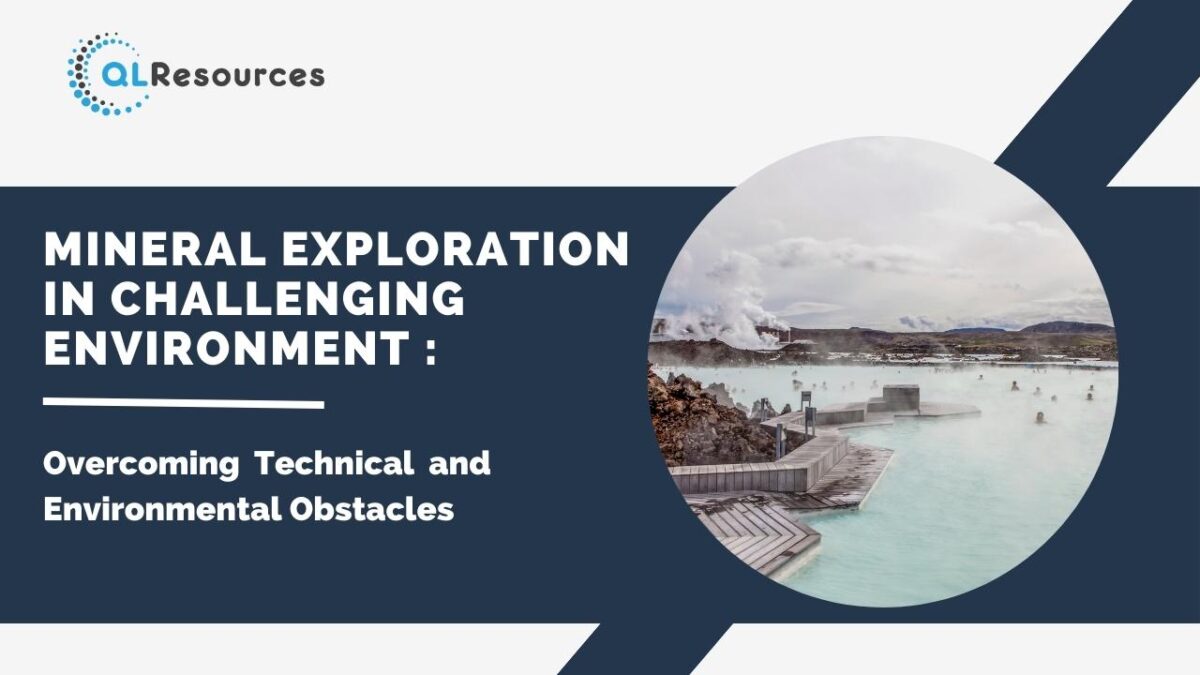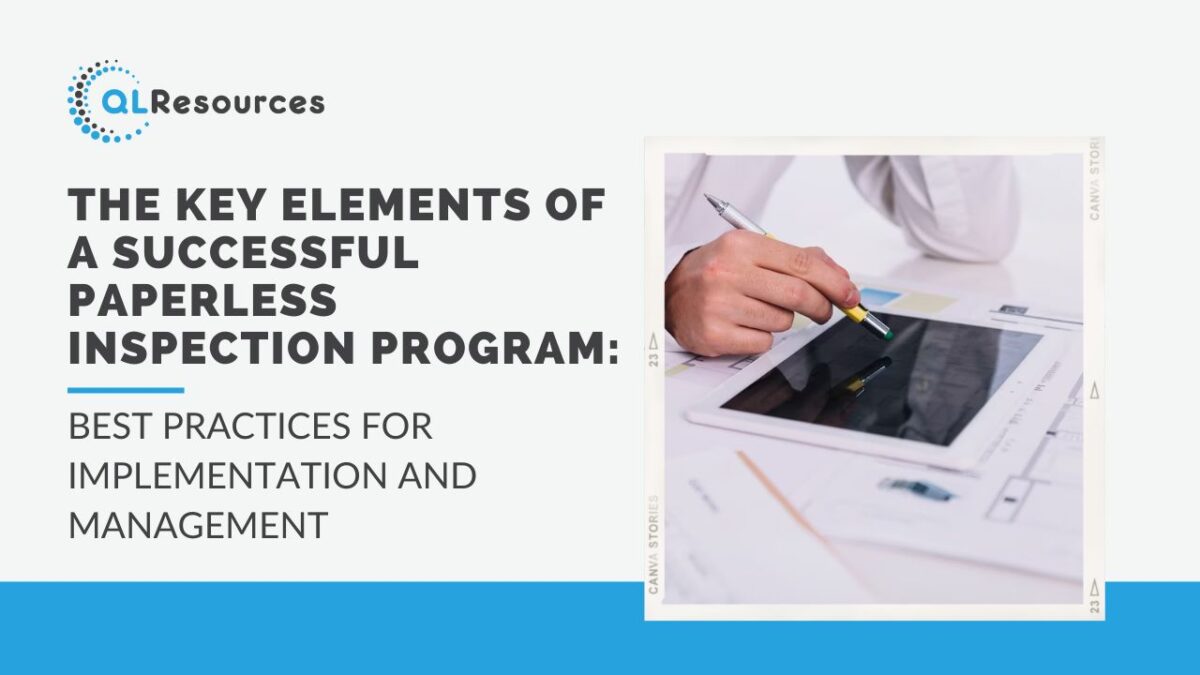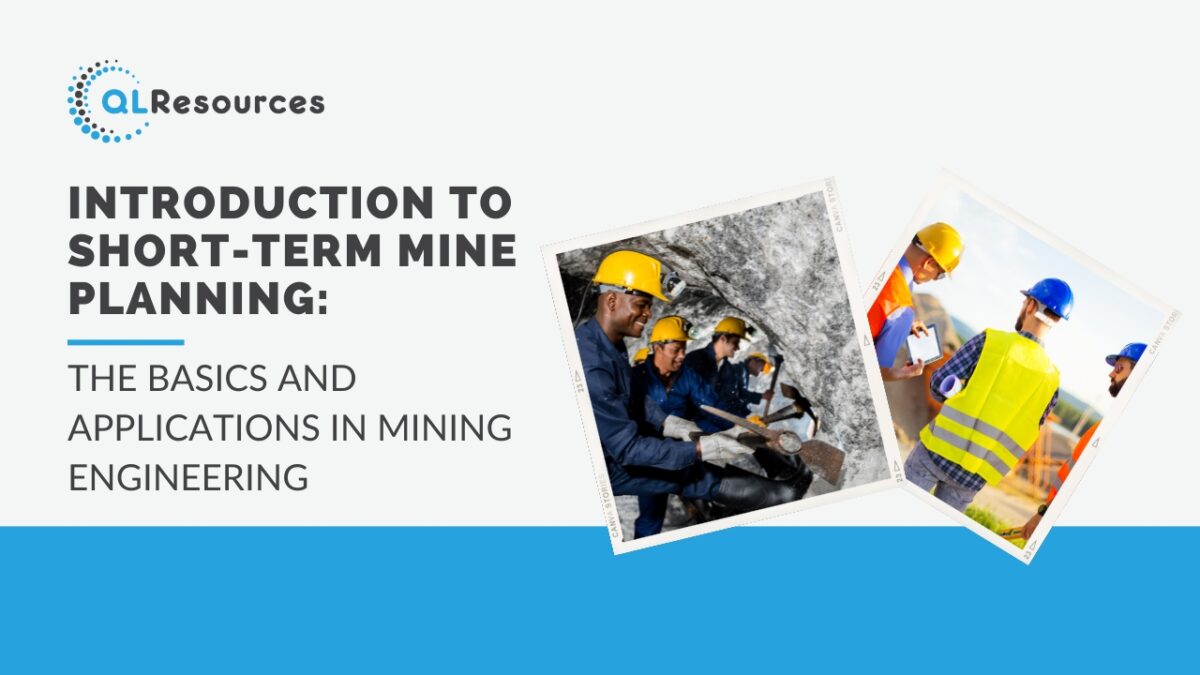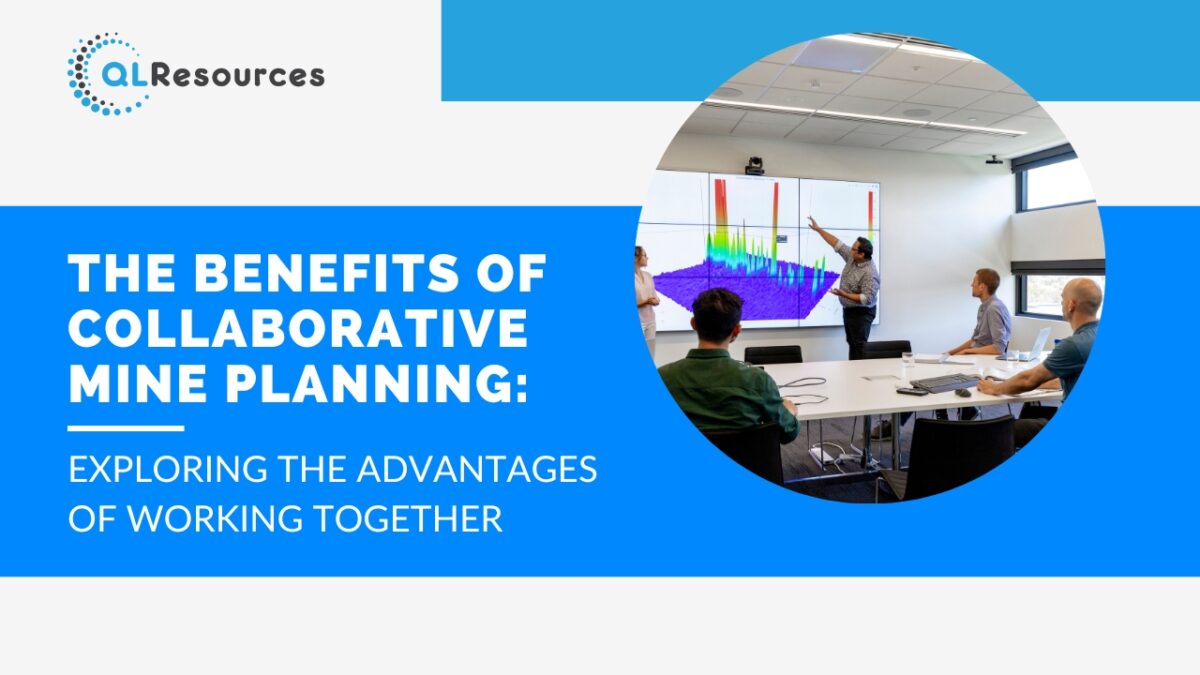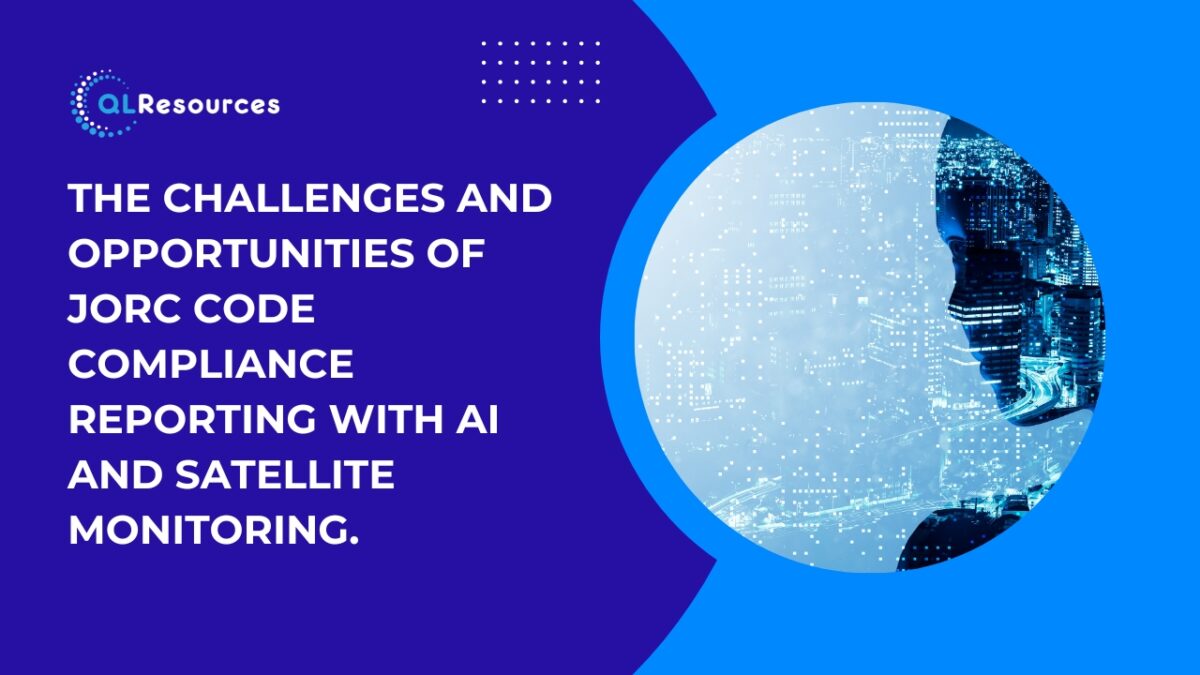Mineral exploration is a vital process that lays the foundation for the mining industry. However, in some cases, exploration efforts encounter challenging environments that pose significant technical and environmental obstacles. These obstacles can range from extreme climates and rugged terrains to sensitive ecosystems and regulatory constraints. In this blog, we will delve into the world of mineral exploration in challenging environments, exploring the technical and environmental challenges faced and the innovative solutions employed to overcome them.
1. Extreme Climates:
Some mineral-rich regions are characterised by extreme climates, such as Arctic regions, deserts, or dense rainforests. These environments present a unique set of challenges for exploration teams. Extremely low or high temperatures, heavy rainfall, or limited accessibility can hinder exploration activities. To overcome these obstacles, exploration companies often deploy specialised equipment and employ innovative techniques. For example, in freezing environments, heated drilling equipment and insulation methods are used to prevent freezing of drilling fluids. In hot deserts, water scarcity is addressed through advanced water management strategies, and equipment is designed to withstand high temperatures.
2. Rugged Terrains:
Mineral deposits are often found in remote and geologically complex terrains, including mountainous regions and deep-sea areas. Exploration in these areas requires overcoming logistical challenges, including transportation, communication, and access to remote sites. Advanced mapping technologies, such as LiDAR and satellite imagery, are used to assess terrains and identify potential mineral targets. Helicopters, drones, and specialised vehicles are employed for transportation and sample collection. Additionally, geological expertise and remote sensing techniques play a crucial role in understanding and navigating complex terrains.
3. Sensitive Ecosystems:
Mineral exploration in environmentally sensitive areas, such as national parks, marine reserves, or habitats of endangered species, demands a delicate balance between economic interests and environmental preservation. Strict regulations and environmental impact assessments are necessary to ensure responsible exploration practices. Exploration companies employ environmentally friendly drilling techniques, implement strict waste management protocols, and conduct comprehensive biodiversity studies to minimise ecological disturbances. Collaboration with local communities and environmental organisations is crucial for sustainable mineral exploration in these regions.
4. Regulatory and Social Constraints:
In some regions, mineral exploration faces regulatory challenges due to legal frameworks, land ownership issues, or conflicts with indigenous communities. Engaging in meaningful dialogue with local communities and respecting their rights is essential for building trust and obtaining social license to operate. Collaboration between exploration companies, government bodies, and local stakeholders can lead to mutually beneficial agreements. Transparent communication, fair compensation, and the promotion of local employment opportunities can help overcome regulatory and social obstacles.
Conclusion:
Mineral exploration in challenging environments requires a multidisciplinary approach that addresses technical and environmental obstacles. By employing innovative technologies, specialised equipment, and sustainable practices, exploration companies can overcome extreme climates, rugged terrains, sensitive ecosystems, and regulatory constraints. Responsible mineral exploration plays a vital role in unlocking valuable resources while minimising environmental impact and respecting local communities. As the demand for minerals continues to grow, it is crucial for the industry to adopt best practices and innovative solutions to ensure sustainable exploration in even the most challenging environments.
Join our community and never miss an update! Subscribe to our newsletter and blog to stay up-to-date on the latest trends, tips, and insights in your area of interest. Don’t miss out on exclusive content and promotions. Sign up now and be a part of our growing community!
